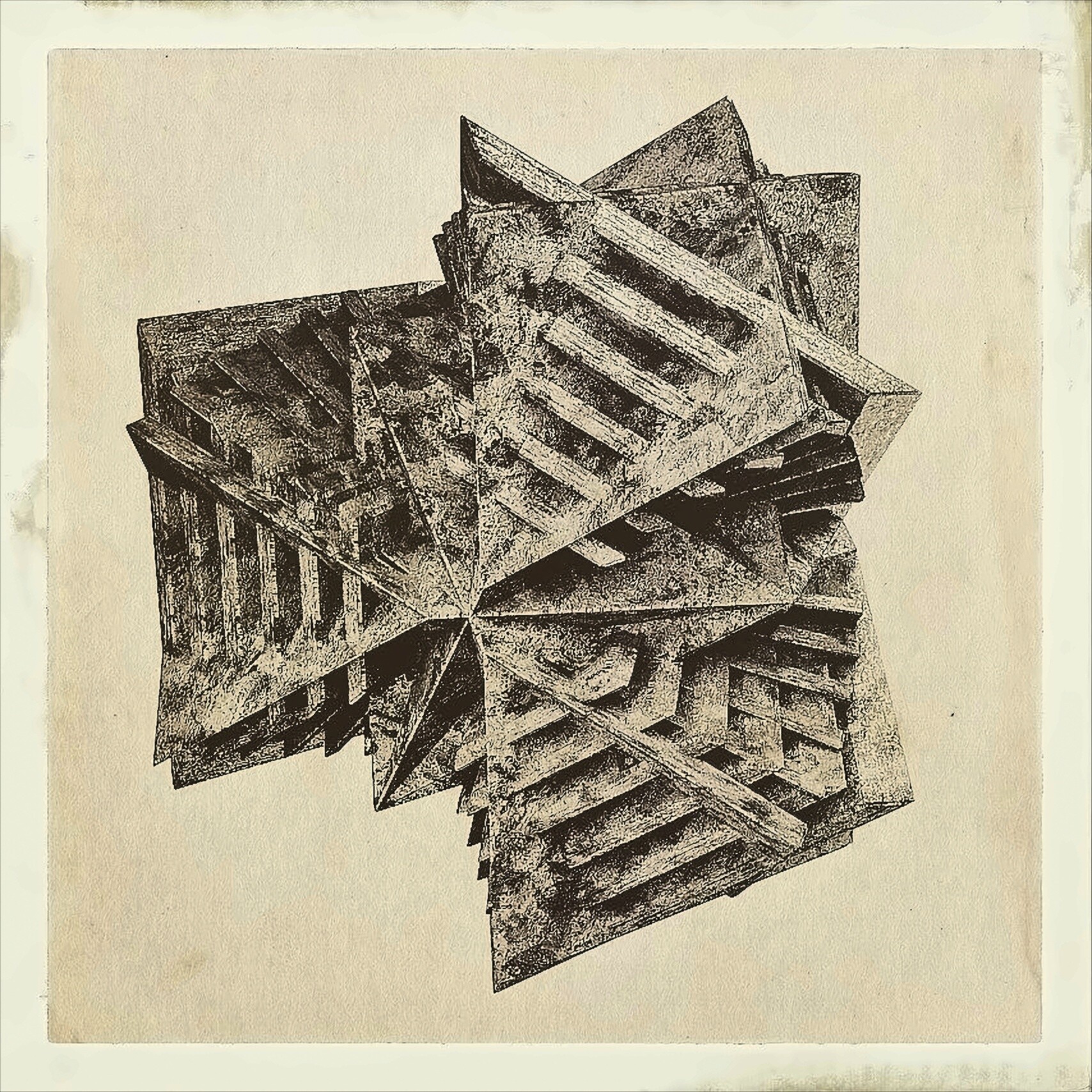Gallery

Greg is a Lecturer in the Design (Visual Communications) program at Western Sydney University, a practicing designer, media artist, and musician (www.hypertrace.tumblr.com). Greg’s select teaching areas are Web Design, Interactive Design (apps and games), Motion Design, Digital Publishing and Data Visualisation where he specialises in facilitating student learning by merging their visual design knowledge with creative coding and animation techniques. He completed his PhD at the University of Wollongong focussing on a theory of ‘trace’ or the ‘tracing’ of signals across hybrid analogue-digital technologies and cultural techniques via the media theory field of Media Archaeology. Greg’s most recent exhibitions and performances have revolved around the mapping and data visualisation of coastal morphology and involved the design of audio-visual systems that allow data, video, sound and their feedback loops to collide with physical materials in a controlled manner. Greg has explored this process in composition, performance and applied data visualisation to seek cross-talk between channels of communication and their distortion. Greg also co-curates and documents the continuing not-for-profit ‘¼_inch’ audio-visual performance series (www.1-4inch.com).


